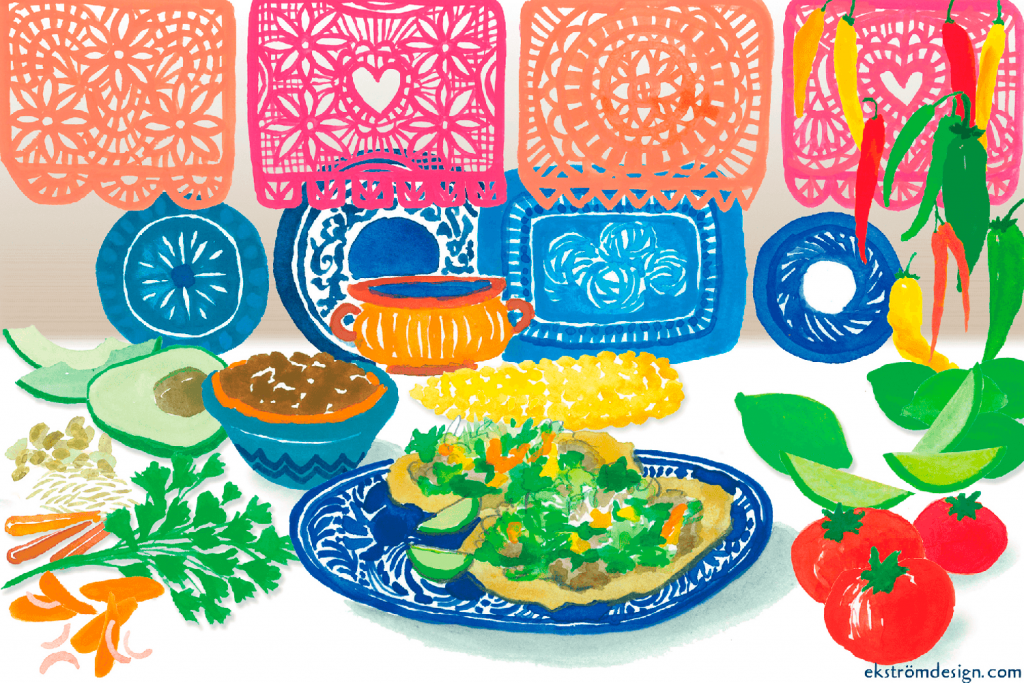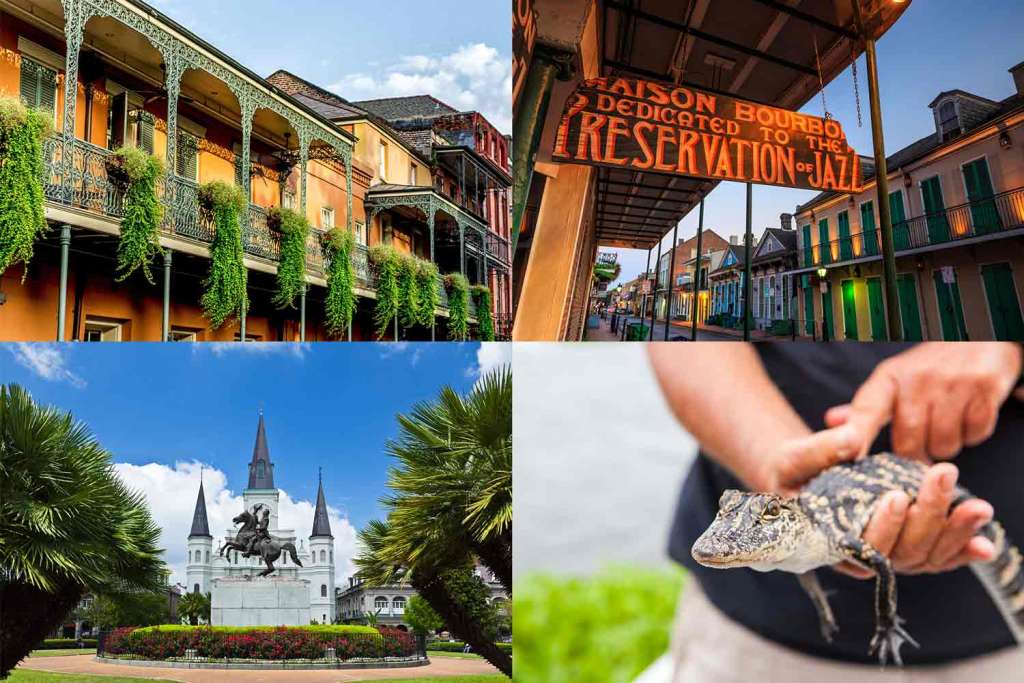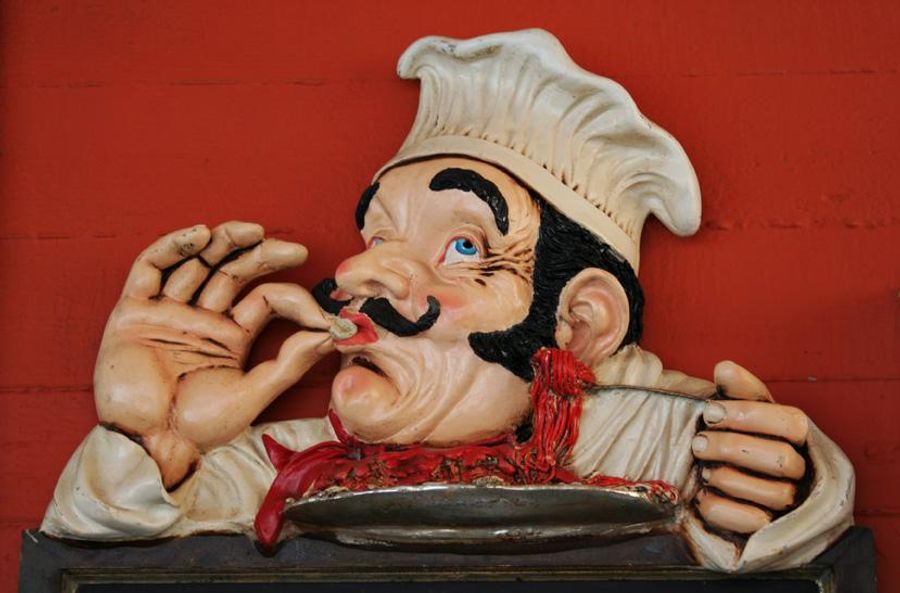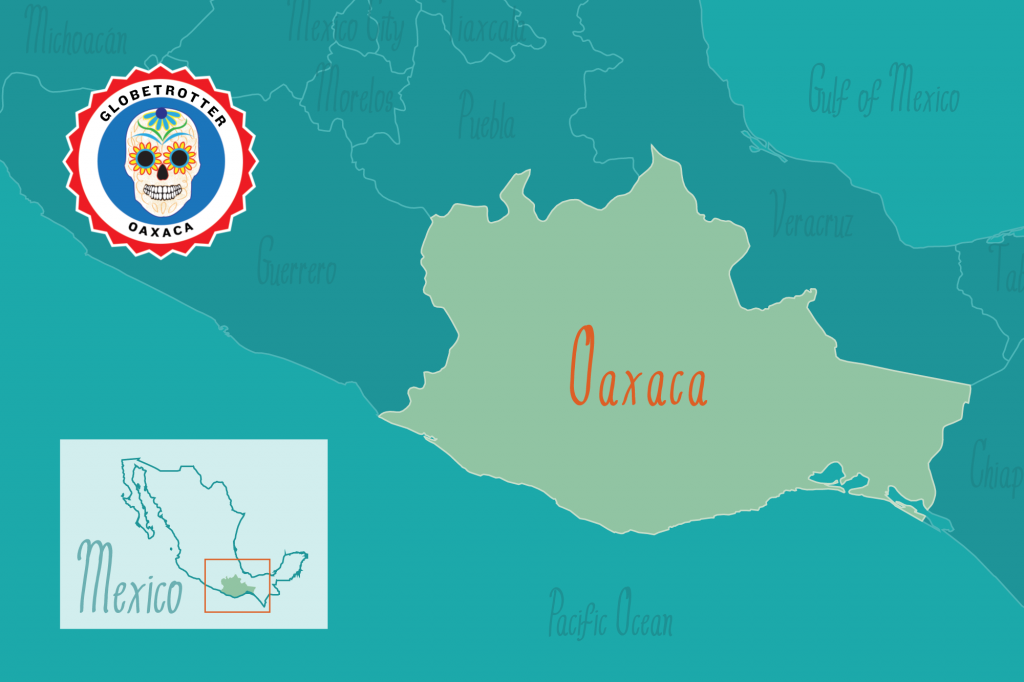When Tex Met Mex

Enchiladas smothered in neon-orange cheese, burritos as big as your forearm jam-packed with rice and sour cream, and runny refried beans in a puddle next to a mound of yellow rice—welcome to the world of Tex-Mex, a delicious hybrid of Spanish and Mexican flavors that dates back to the time of the conquistadors.
When the first Spaniards arrived in Galveston in 1528, led by a guy named Cabeza de Vaca (Mr. Cow Head, to you), they were met by the Karankawas, indigenous hunter-gatherers who ate a whole lot of foraged plants, local shellfish, and all the turkeys, rabbits, and deer they could kill.
Cabeza De Vaca, a castaway who washed up naked on the beach, didn’t contribute much to the established fare, but later ships from the Old World brought chickens and horses, and other livestock, as well as rice and treasures from the spice trade, including cumin, cinnamon, and peppercorns. These new ingredients sparked an evolution in the local diet, as cooks in the Rio Grande region combined them with foods native to the Americas, such as tomatoes, corn, and chile peppers.
Of course, food is never just what we eat. Look deep enough and you’ll find there’s a portion of politics on every plate. In 1821, Spain got the boot and the region officially became a part of Mexico. Twenty-four years later, Texas declared statehood. These swift-moving cultural shifts, aided by the expansion of the railroads and the industrialization of food production, had an impact, too, as they brought new ingredients to the pot. Today, Tex-Mex continues to define itself, as evidenced by crisp-shelled tacos, fully loaded nachos, and blue margaritas.









